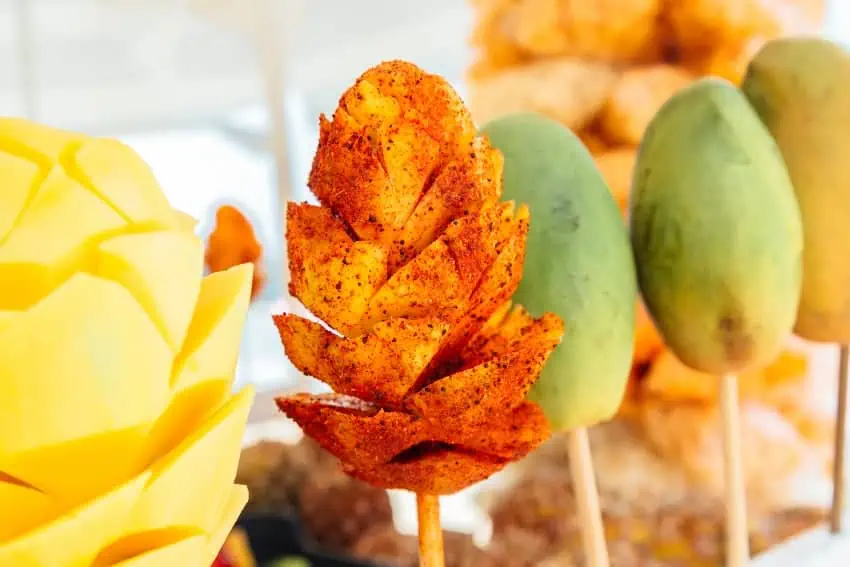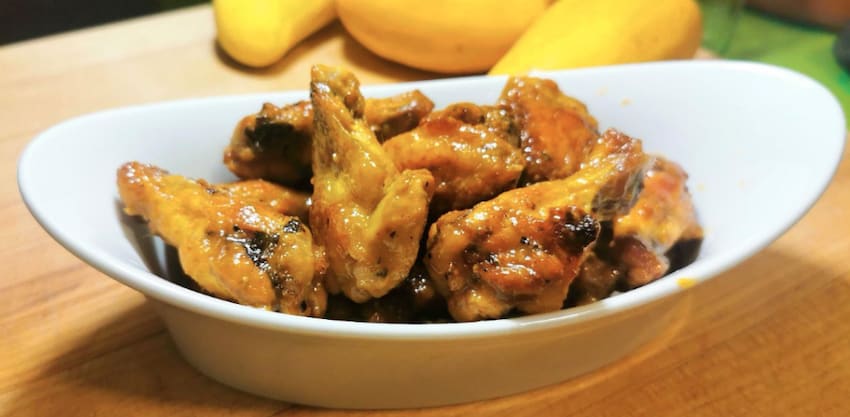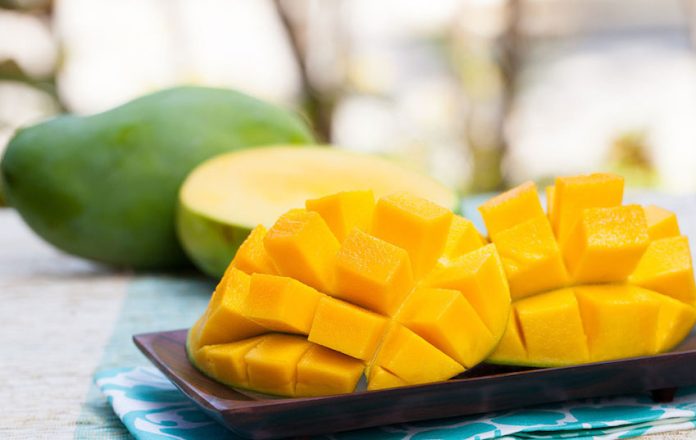Can you guess what is a close botanical cousin to cashews and pistachios? Did you guess walnuts, perhaps almonds? You may be surprised to learn that the mango actually belongs to the same anacardiaceae (sumac) family of plants.
The mango shows up everywhere in Mexican cuisine: from mango salsa, mango tamales, mango empanadas, mango ceviche, mango margaritas, to mango sorbet… you’d be hard-pressed to find a Mexican staple that isn’t elevated by the mighty mango.

Believed to be native to South Asia, the cultivation of mangos can be traced back as early as 2000 B.C.E. in India. The mango tree, with its broad evergreen leaves and fragrant flowers, became a symbol of love and fertility in Indian mythology and was often referred to as the “king of fruits.”
Over time, the popularity of mangos spread across different regions of Asia. Indian traders introduced the fruit to Southeast Asia, including Burma (now Myanmar) and Thailand, where it thrived in the tropical climate. From there, it made its way to the Philippines and Malaysia, becoming an integral part of the local cultures and cuisines. You might be wondering, when does Mexico come into the picture?
Mangos arrived in Mexico during the 16th century, brought by the Spanish. It turns out the favorable climate allowed mango cultivation to thrive. Over time, Mexico became a leading producer and exporter of mangos, with diverse varieties that have become integral to Mexican cuisine.
In the United States, mangos were first introduced in Florida in the early 19th century, but it wasn’t until the mid-20th century that commercial cultivation took off.

The 20th century also saw significant advancements in mango breeding and research.
Scientists developed techniques to improve the quality and yield of mango trees, resulting in new varieties with desirable traits, such as disease resistance and extended shelf life. These advancements have contributed to the global availability and popularity of the fruit throughout the year.
Mangos have been celebrated not only for their taste but also for their cultural significance. The fruit has inspired numerous works of art, literature, and songs in different cultures.
In India, mango festivals and competitions are held to showcase the best varieties, while in other countries, such as the Philippines, the mango is considered a national fruit. In fact, one of the most popular varieties of mango is called Manila, named after the capital of the Philippines. The Manila mango gained popularity for its unique flavor, smooth texture, and lack of fibers, making it a highly sought-after variety in both local and international markets.

On to one of my favorite uses of mango in the kitchen – mango habanero hot sauce! The co-stars of this recipe play off of each other exceptionally well.
Mango habanero hot sauce
- 3/4 lb ripe Manila mangos, peeled and chopped
- 5 habanero peppers, with their stems and seeds removed
- 1/2 cup apple cider vinegar
- 1/4 cup raw honey
- Salt to taste
- Water (as needed for desired consistency)
In a blender or food processor, combine the chopped mangos, habanero peppers, apple cider vinegar, salt and honey. Blend until smooth. If the mixture is too thick, add a little water gradually until you reach the desired consistency. Be cautious not to dilute the flavors too much.
Pour the mixture into a saucepan and bring it to a gentle boil over medium heat. Reduce the heat and let it simmer for about 10 minutes, stirring occasionally. Remove the saucepan from the heat and let the mixture cool down.
If you’re looking for a milder sauce, add 2-3 peppers instead of 5. Once cooled, transfer the sauce to sterilized bottles or jars. Store in the refrigerator for up to a month.
Stephen Randall has lived in Mexico since 2018 by way of Kentucky, and before that, Germany. He’s an enthusiastic amateur chef who takes inspiration from many different cuisines, with favorites including Mexican and Mediterranean.
